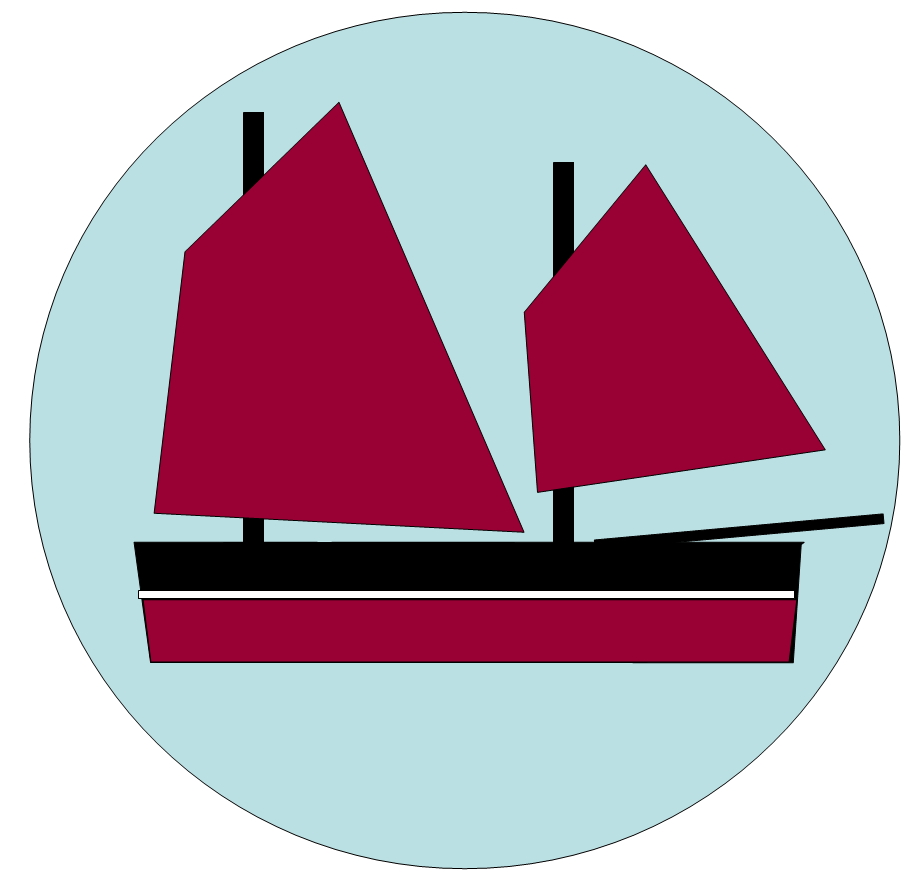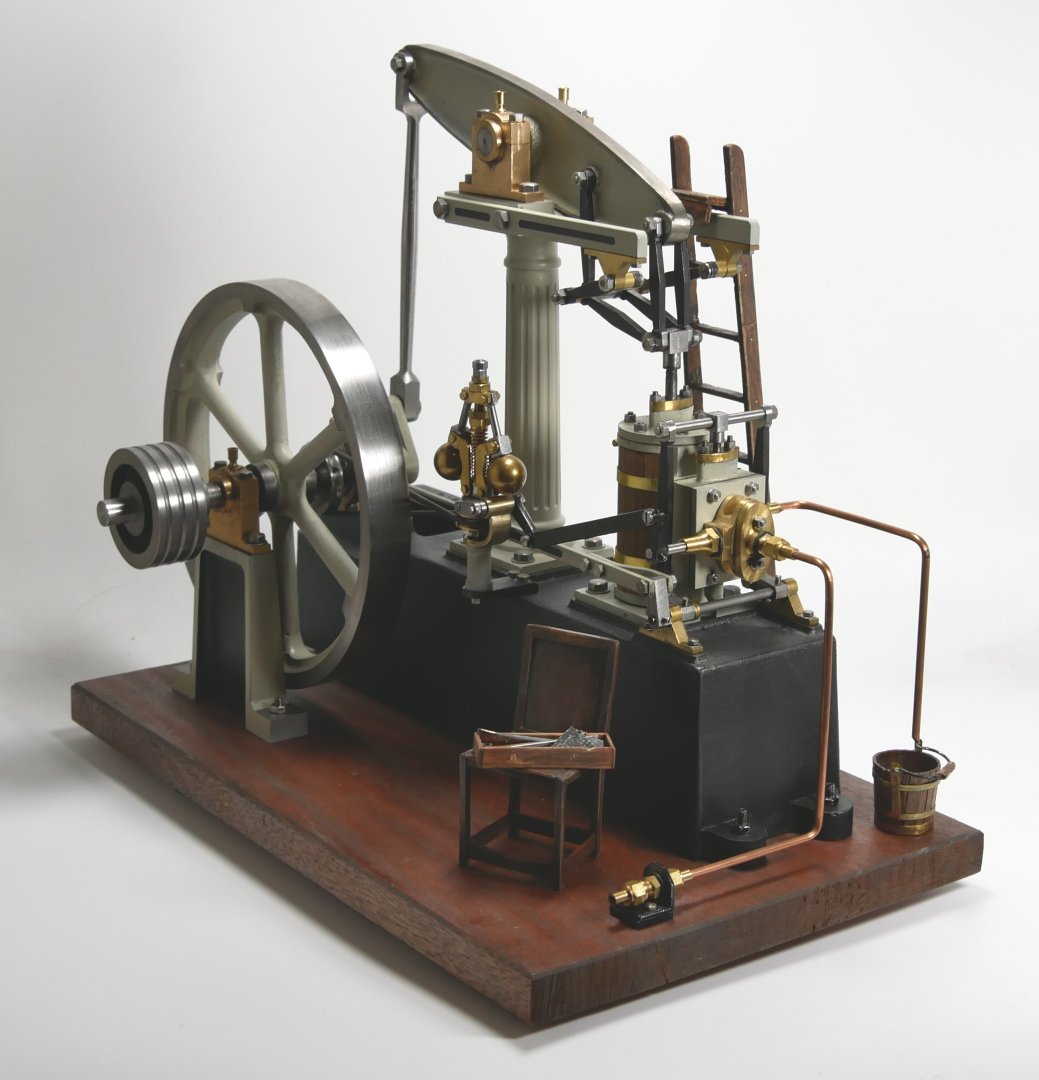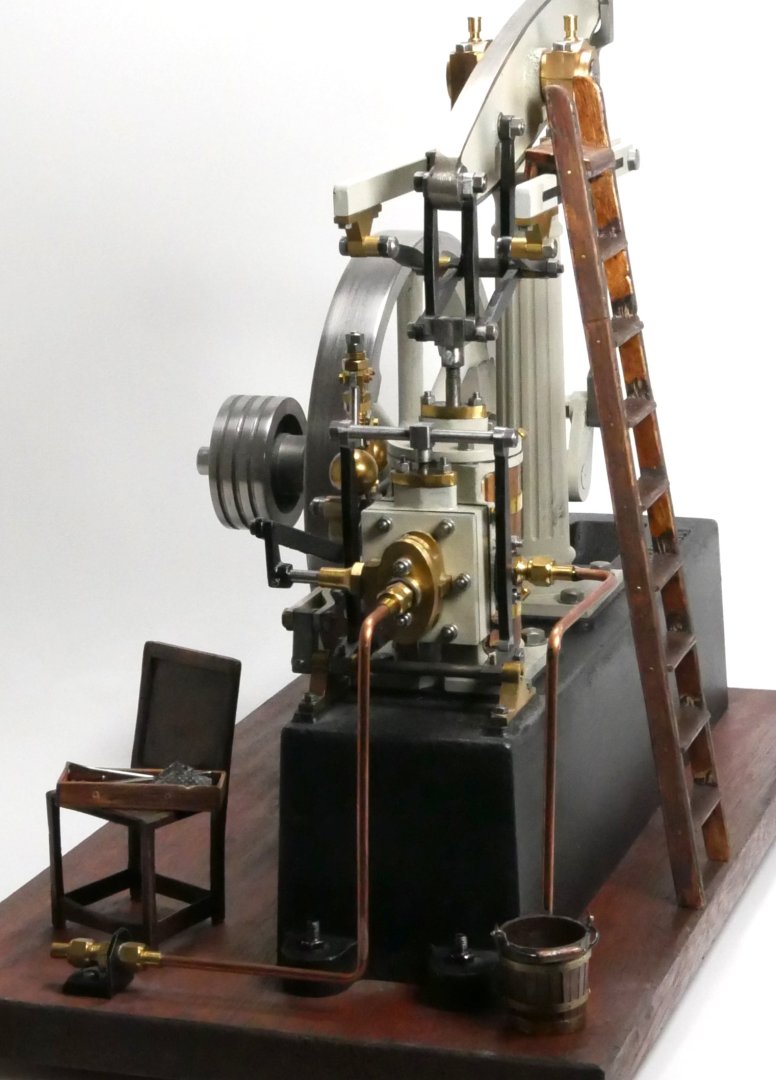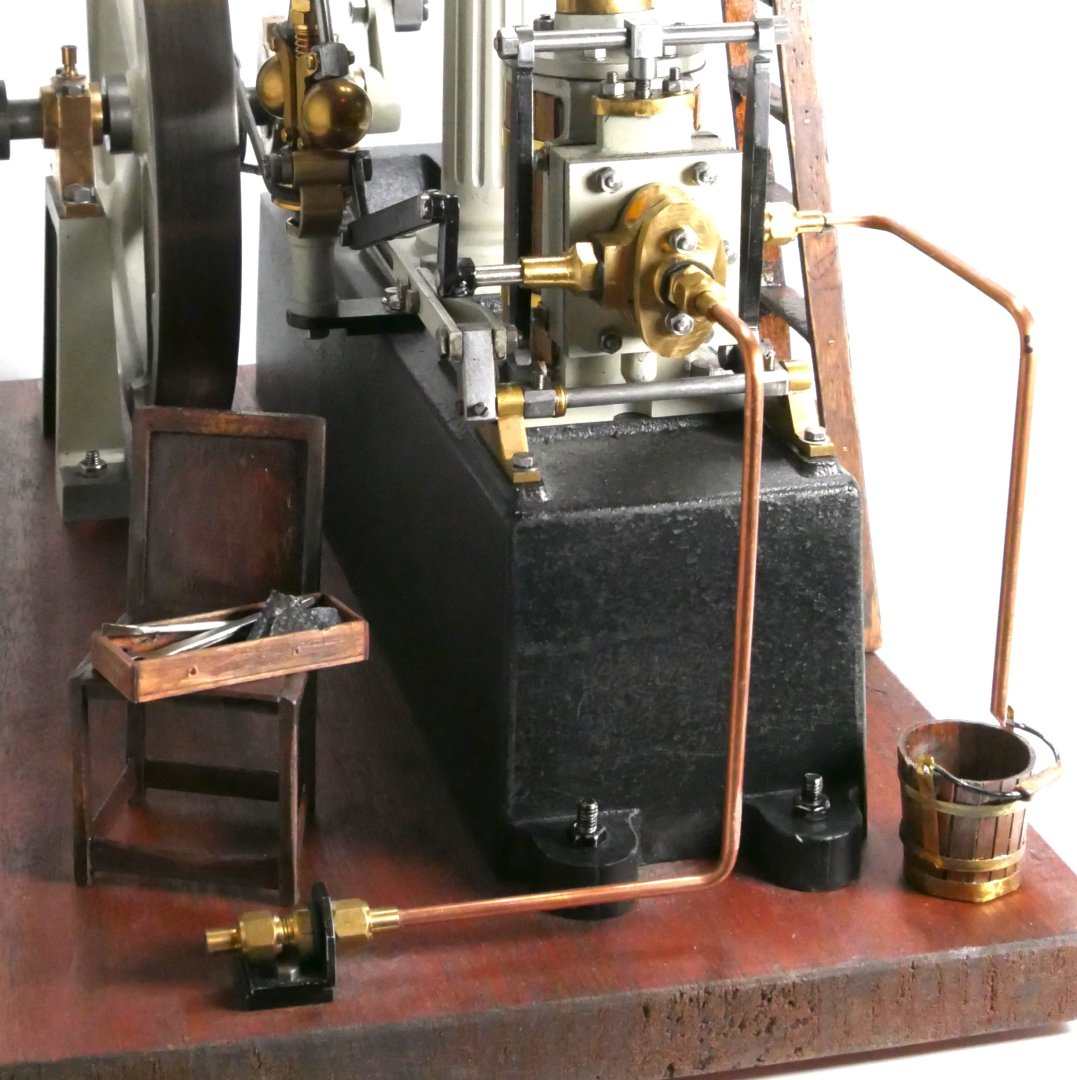-
Posts
862 -
Joined
-
Last visited
Profile Information
-
Location
Scotland
Recent Profile Visitors
The recent visitors block is disabled and is not being shown to other users.
-
 Rik Thistle reacted to a post in a topic:
Starcraft Adjutant AI by yvesvidal - 1/6 - RESIN/PLASTIC
Rik Thistle reacted to a post in a topic:
Starcraft Adjutant AI by yvesvidal - 1/6 - RESIN/PLASTIC
-
 Rik Thistle reacted to a post in a topic:
Good 'Hobby Quality' Metal Lathes
Rik Thistle reacted to a post in a topic:
Good 'Hobby Quality' Metal Lathes
-
 Rik Thistle reacted to a post in a topic:
Arado Ar-196 by Ian B - PLASTIC - German seaplane
Rik Thistle reacted to a post in a topic:
Arado Ar-196 by Ian B - PLASTIC - German seaplane
-
 tmj reacted to a post in a topic:
Good 'Hobby Quality' Metal Lathes
tmj reacted to a post in a topic:
Good 'Hobby Quality' Metal Lathes
-
 Rik Thistle reacted to a post in a topic:
Aberdeen City Council, Archive of ships built in Aberdeen.
Rik Thistle reacted to a post in a topic:
Aberdeen City Council, Archive of ships built in Aberdeen.
-
 Rik Thistle reacted to a post in a topic:
Spitfire Mk Vb by realworkingsailor - FINISHED - Airfix - 1/72 - PLASTIC
Rik Thistle reacted to a post in a topic:
Spitfire Mk Vb by realworkingsailor - FINISHED - Airfix - 1/72 - PLASTIC
-
 Rik Thistle reacted to a post in a topic:
Spitfire Mk Vb by realworkingsailor - FINISHED - Airfix - 1/72 - PLASTIC
Rik Thistle reacted to a post in a topic:
Spitfire Mk Vb by realworkingsailor - FINISHED - Airfix - 1/72 - PLASTIC
-

Good 'Hobby Quality' Metal Lathes
Rik Thistle replied to tmj's topic in Modeling tools and Workshop Equipment
tmj, Everything that has been said before, plus... Since you are based in Texas, USA you might want to consider a local company like Grizzly ..... https://www.grizzly.com/metal-lathes ....showrooms in Missouri and Washington..... they also deliver to your home. From their website.... Our products are manufactured in several countries, including locations in Asia, Europe, and the U.S. Many of our products are made in China and Taiwan, while others are produced in the U.S. and Europe. I suspect most of their sub-$3k lathes are made in China, and maybe Taiwan. Those designs look very similar many other sellers of Chinese lathes, so they possibly come out of the same factory but with differing quality control standards. Chinese made lathes are no longer 'bad'.... they have upped their game, but rejects plus poorer quality control units can end up in the direct sales route. I would buy from a USA supplier (eg 'Grizzly' or The Little Machine Shop) since they will have already taken care of import admin etc. They can also deliver quicker from USA based stock, provide local Support (...most definitely not to be underestimated) and a wide range of accessories, again usually from stock. I'd avoid Amazon/eBay kit. You mentioned $3k as being a bit too high but if you buy a $1.5k lathe, say, you can expect to eventually spend at least that same amount on tooling and accessories....it's one of the laws of nature I'm afraid 😉 I have a lathe similar to the Grizzly G0765 - https://www.grizzly.com/products/grizzly-7-x-14-variable-speed-benchtop-metal-lathe/g0765 Mine's runs a 3" 3 jaw chuck (and collets, as Wefalck recommends) , has a 3.5" swing, 0.5HP brushless motor and quick release tailstock. I make metal model engines on it. You'll need a little space either end of the lathe for gearing access and tailstock wheel handling, plus a few inches behind it. Oh, and don't forget to get a light...I use a flexible Ikea clip-on one. Good hunting. Richard -
 Rik Thistle reacted to a post in a topic:
British Railway Gun Series 9.2 Inch Gun Mk1 (1916) by RGL - DModels - 1/35 - RESIN
Rik Thistle reacted to a post in a topic:
British Railway Gun Series 9.2 Inch Gun Mk1 (1916) by RGL - DModels - 1/35 - RESIN
-
 Rik Thistle reacted to a post in a topic:
British Railway Gun Series 9.2 Inch Gun Mk1 (1916) by RGL - DModels - 1/35 - RESIN
Rik Thistle reacted to a post in a topic:
British Railway Gun Series 9.2 Inch Gun Mk1 (1916) by RGL - DModels - 1/35 - RESIN
-
 Rik Thistle reacted to a post in a topic:
Renault FT-17 on a Renault FP artillery transporter by RGL - FINISHED - Meng/U-Models - PLASTIC/RESIN - diorama
Rik Thistle reacted to a post in a topic:
Renault FT-17 on a Renault FP artillery transporter by RGL - FINISHED - Meng/U-Models - PLASTIC/RESIN - diorama
-
 Canute reacted to a post in a topic:
Libertad 1925 by Valeriy V - Scale 1:100 - Spanish Type F Light Cruiser
Canute reacted to a post in a topic:
Libertad 1925 by Valeriy V - Scale 1:100 - Spanish Type F Light Cruiser
-
Eric, Good new building and gravel innovation. Keep 'em coming. I was wondering if the smoke stacks would cause any discolouration of the wooden buildings and tunnel entrance. In the UK, due to coal fires to heat homes, power industry and railway lines/junctions, many UK cities with stone buildings were almost black in colour...it was very bad. In the 1960s or so steps began to clean up those buildings. Lungs were a different matter ;-( Richard
-
Giorgio, What a great project. I'll follow from now on. Commander Piedrabuena had a very full life and seemed to want to help his fellow humans at every opportunity. Is this novel based on his adventures?.... Piedra Buena: Un Capitan Respetable, Historical Novel - https://www.amazon.com/Piedra-Buena-Respetable-Historical-Mastroscello/dp/9871468318 Thanks, Richard
-
Eric, The Inman & Sons building looks great. Your comment about the Sign's lettering size got me wondering if American 'shop fronts' also included the products sold (eg furniture) on the front signage, as well as the proprietor's name? Googling that thought for some imagery .... https://www.google.co.uk/search?lr=&sca_esv=b4f5d26490e949a3&as_qdr=all&udm=2&fbs=AIIjpHxU7SXXniUZfeShr2fp4giZ1Y6MJ25_tmWITc7uy4KIeioyp3OhN11EY0n5qfq-zENwnGygERInUV_0g0XKeHGJRAdFPaX_SSIJt7xYUfpm-75lA8Uar42yNWdqGuJlUAnl4VoyIc9TvIZo00AnzLuo73CKalUXQ8cWgmottQs4BXh0bU9aRqLPpzWejdabGFvk-MuP83mUuK41Ro6dMLX7Czip9A&q=19th+century+shop+front+american&sa=X&ved=2ahUKEwj99Mupl-qPAxXPQkEAHbyIPHwQtKgLegQIFxAB&biw=1376&bih=731&dpr=1.4 ...seems to produce a 50:50 split....some did, some didn't. That might possibly be related to whether or not the business was public facing or 'business to business' ... or both eg public facing needs to suck in passing trade so giving as much useful info as possible in the sign is a big help. Whereas B2B doesn't need that. Richard
-
Eric, Thank you for all that info....there is a lot going on. I imagine the person (or office) that collected all the data to produce the Waybills was very important and crucial to smooth, efficient running of the railway. Some questions - How did that office communicate with other remote regional offices to know what deliveries to expect etc? Or was there one central 'waybill office' per region? Did Telegraph enable the first Waybill usage or were Waybills initially carried on the trains? I think that a casual bystander like me only ever sees the tip of the iceberg regarding 'railways workings' - the same can be said of all professions I imagine. So thank you for giving a very insightful look at what is happening below the surface. Richard
-
Eric, Not being a model railway enthusiast this is all new to me but nonetheless fascinating and a bit complex. I'll re-read these posts to let it properly sink in. The diagrams and pink cards add a whole new dimension to it all. The last pic of the train passing through the bridge is quite picturesque. A very interesting build log....keep it coming 😉 Richard
-
Whilst I'm in a bit of a lull regarding model making, I have managed to add some accessories to the Beam engine layout. I always wondered what a steam engine maintenance scene would look like but couldn't really find any images or info so the following 3 pictures are of what my imagination came up with. I made up ... - a hook ladder for reaching the top oiling cups. Ladder based on a chemists/librarian type design. - a bucket to catch any drainage whislt maintenance is undergoing. - a late 1800s panel back chair - a tool tray. - tools for the tool tray eg spanner, jemmy bar, rags etc All parts were made from scrap wood left over from ship sprues etc. The bucket also has some thin brass sheet formed in to bands and hooks. I should really add an oil can but struggled to find out what style was used in the mid to late 1800s. Richard
-
Andrew, Sorry to hear that news about Vegaskip. His MSW contributions were really quite a joy to look at and imagine how he came to understand the scene he was painting. Richard
About us
Modelshipworld - Advancing Ship Modeling through Research
SSL Secured
Your security is important for us so this Website is SSL-Secured
NRG Mailing Address
Nautical Research Guild
237 South Lincoln Street
Westmont IL, 60559-1917
Model Ship World ® and the MSW logo are Registered Trademarks, and belong to the Nautical Research Guild (United States Patent and Trademark Office: No. 6,929,264 & No. 6,929,274, registered Dec. 20, 2022)
Helpful Links
About the NRG
If you enjoy building ship models that are historically accurate as well as beautiful, then The Nautical Research Guild (NRG) is just right for you.
The Guild is a non-profit educational organization whose mission is to “Advance Ship Modeling Through Research”. We provide support to our members in their efforts to raise the quality of their model ships.
The Nautical Research Guild has published our world-renowned quarterly magazine, The Nautical Research Journal, since 1955. The pages of the Journal are full of articles by accomplished ship modelers who show you how they create those exquisite details on their models, and by maritime historians who show you the correct details to build. The Journal is available in both print and digital editions. Go to the NRG web site (www.thenrg.org) to download a complimentary digital copy of the Journal. The NRG also publishes plan sets, books and compilations of back issues of the Journal and the former Ships in Scale and Model Ship Builder magazines.




